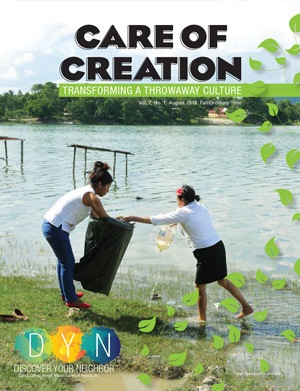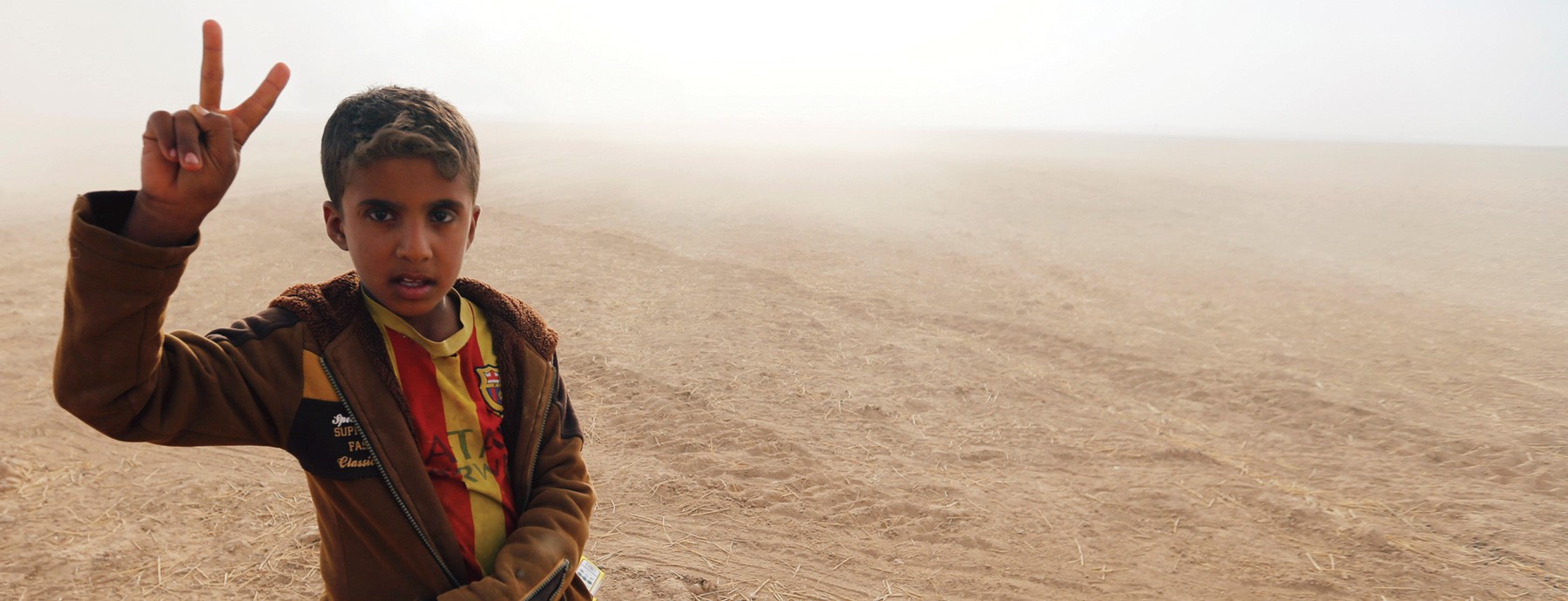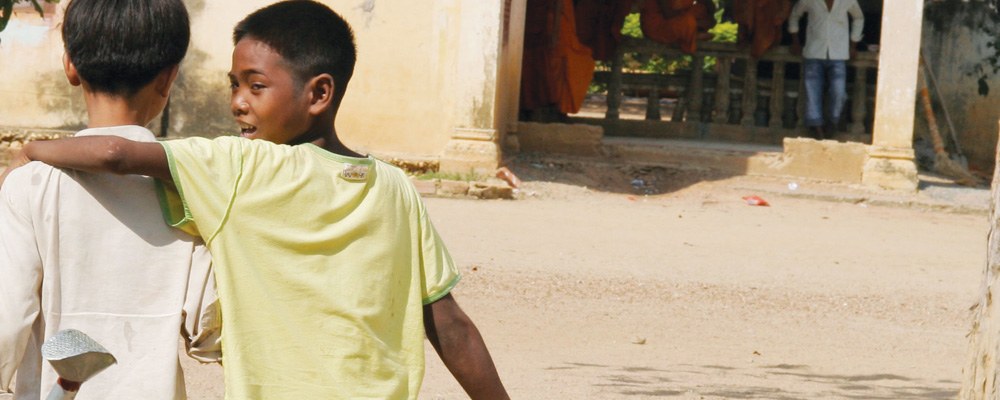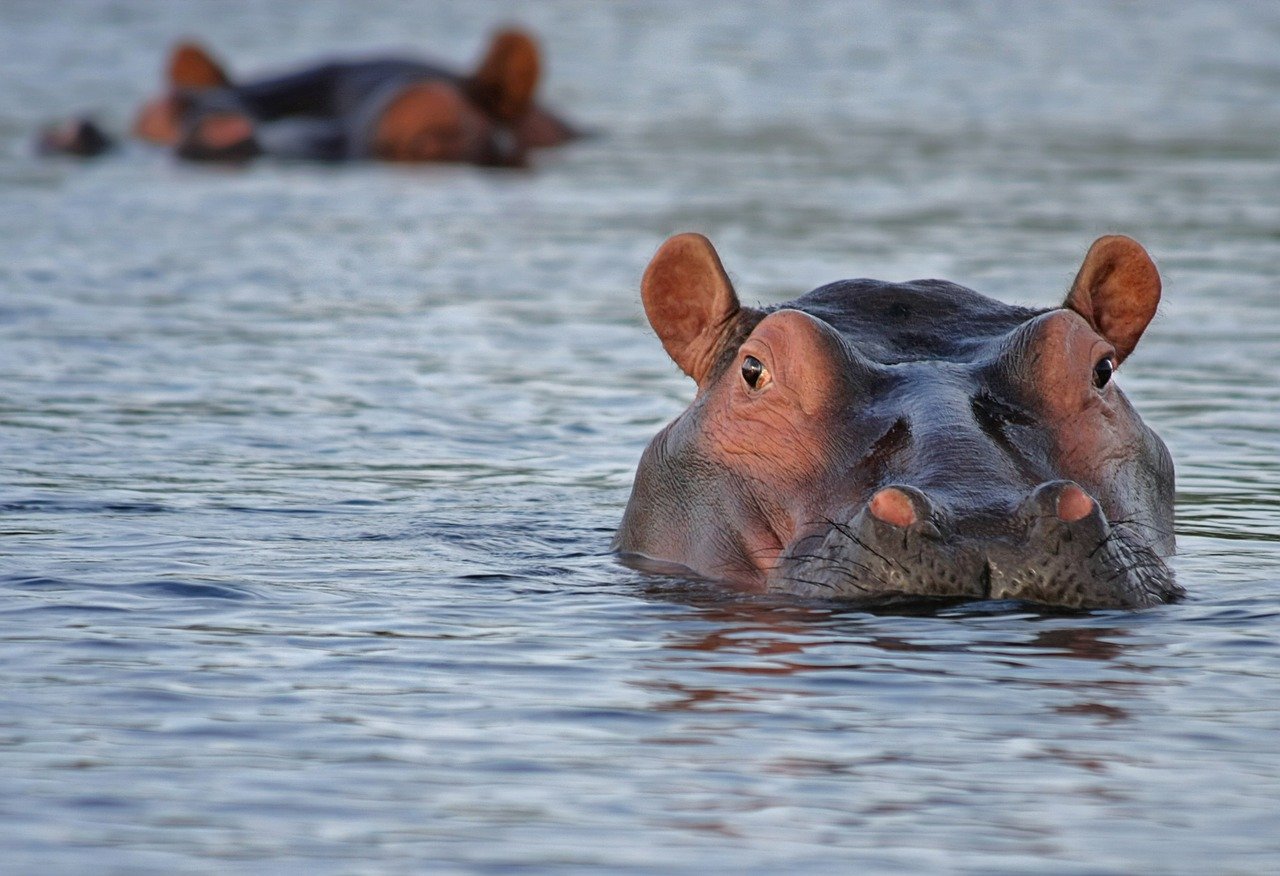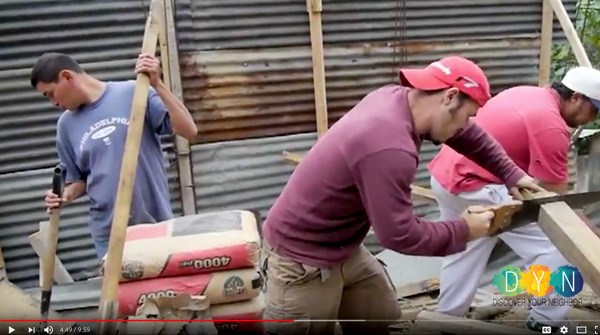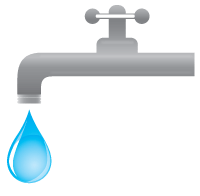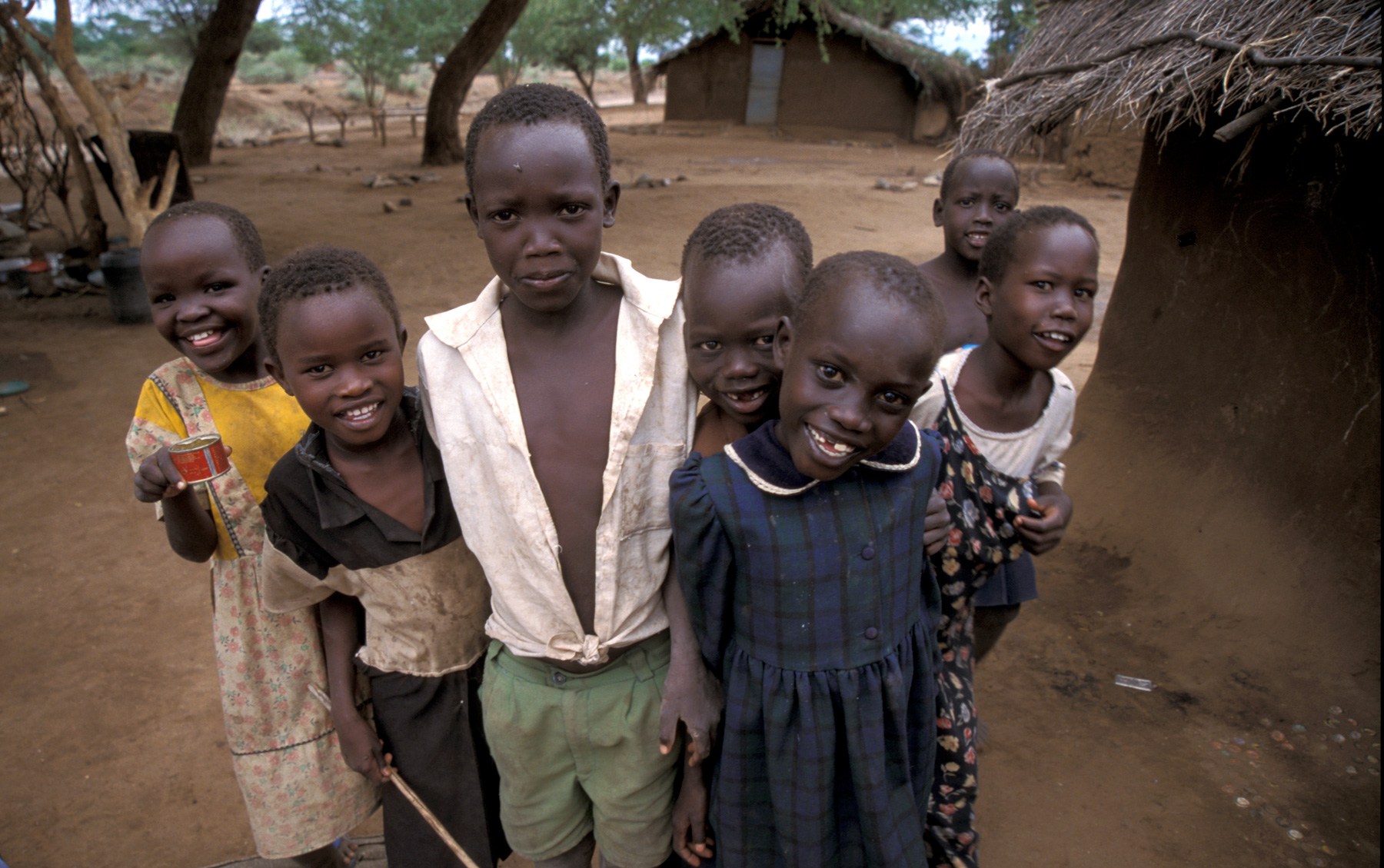Care of Creation Guide (2017)
About the Guide
Access your Educator’s Guide for your classroom by filling out the following form. You will then be directed to a page where you can download a high quality PDF file to print out or share digitally. Please let us know if you have any difficulty accessing the download.
Download the:
What’s The Big Idea
By protecting God’s Creation, we protect and care for one another.
The natural environment is a gift from God, which nurtures and sustains our lives. To be in loving relationship with God and our neighbor, we must also be in a loving and balanced relationship with the Earth itself.
Pope Benedict XVI reminds us that we all share in the responsibility to actively care for the environment. Pope Francis points out that countries with greater wealth now consume more than Creation can sustain, and as a result our neighbors at the global margins suffer the most immediate and severe consequences.
How to Talk About It with Kids
All that we have, every single living thing, is God’s Creation: from clouds and mountains to atoms so tiny they are invisible to our eyes!
Every time you smell fresh bread, feel a raindrop on your cheek, bite into a crisp apple, or sing a song, you can thank God for making such a wonderful world! We take care of all that God gives us because we love God.
EXTENSION
As we appreciate the many parts of creation, we must also remember that we share these things with other people and creatures. God created it for them too! We must care for God’s Creation even as we enjoy and use it, so that there will always be plenty for everyone to enjoy.
To find out more, order Pope Francis’ encyclical on the environment from Orbis Books, please visit, On Care for Our Common Home, Laudato Si’
Teach your class the following prayer with hand motions
(based on Psalm 104:10-14)
God our Creator gave us water.
(Hold out hands as if catching raindrops.)
We need water to drink.
(Curl hands as if gripping a glass and then drink.)
We use water to grow our food.
(Mime planting seeds, then holding a heavy watering can and water a garden row.)
We use water to stay clean.
(Wash hands and face, brush teeth.)
Thank you, God, for water!
(Use American Sign Language for “thank you”: with the hand open, fingers together, touch the lips, then move hand forward and a little down, palm facing out, as if indicating a person in front of you)
EXTENSION
Have students brainstorm appropriate words for writing their own water prayers (examples: thirsty, rain, drink, splash, seeds, river). In partners or groups, have them create prayers with hand motions.
Make Personal Connections
GOD GIVES US LIFE
THINK ABOUT IT
Brainstorm as a class: What are ten (or more!) things that God created because God loves us?
GIVE THANKS AND PRAISE
Write the words, “We thank you God for all you have given us!” in the center of a poster or bulletin board. Have students draw or cut out pictures that show God’s Creation, and have them glue the pictures around the words.
EXTENSION
Discuss ways that your class can better respect and appreciate what God creates for all of us.
GET UP AND MOVE
Tell students that we are going to think about one part of Creation that we enjoy and use every single day: water!
Have students stand, and as you name some things that you can do with water, instruct students to act out the activities that you list:
With water we can:
- splash our feet (in puddles)
- drink a cold glass of it on a hot day
- mix it with paint and create beautiful pictures
- take a gulp and squirt it out between our teeth
- row a boat on it
- make it into snowballs when it is cold outside”
Discuss: What is your favorite way to use water? When do you need water?
EXTENSION
How would your life be different if you didn’t have water whenever you needed it?”
Read WATER AT LAST to your class, or print it out for students to read themselves alone or in groups.
Introduction
Beatriz lives in the mountains of Bolivia with her mother, father, and baby sister Manula. Her small town, Tapacarí, has no electricity or clean water, and it is difficult to grow much food. The nearest city is three hours away by truck, going over rocky roads and dry riverbeds, so Beatriz has never been there. She walks several miles to school, and when she is home, takes care of her family’s sheep.
The nearest city is three hours away by truck, going over rocky roads and dry riverbeds, so Beatriz has never been there. She walks several miles to school, and when she is home, takes care of her family’s sheep.
Discuss
What are all of the ways people worked together to bring water to the community?
EXTENSION: What are ways your community can work together like this community to care for God’s Creation?
EXTENSION: What are ways your community can work together like this community to care for God’s Creation?
Make a water conservation poster:
Discuss:
- WHY it is important for us to save water and not use more than we need?
- HOW can we save water and use it less?
- Have students draw and/or write about why we should save water and how.
- Use these images to create a poster or posters with the headings: “Why save water because…” and “We save water by…”.
EXTENSION: Have students explain their posters to other classes.
Keep a water conservation log:
Cut out water droplet pieces of paper. Every day for a week, give each student one drop. Have them color in the drop and write how they saved water that day. At the end of the week, have the students paste or tape the water droplets around the school or in a designated hallway corkboard to show the rest of the school how they too can save water!
ENGAGE FAMILIES
Ask families to think about what sink they most often use. Have them place a chart to add a tally every time they use that sink in one day.
They can work together to fill out the below information:
How many times is water taken from this sink in one day: ___________________
For one week: Take that original number ____________ x 7 = __________________
For one month: Take that original number ____________ x 30 = __________________
For one year: Take that original number ____________ x 365 = __________________
Discuss
Were there any times that we did not need to use the sink? Did we ever leave the sink running even though we were not using the water? The average person living in Africa uses 5 gallons of water each day. How many gallons do we think we used?
Brainstorm together ways we can use the sink less often.
Church Teaching
Church Teaching
Care for creation is one of the seven major themes of Catholic Social Teaching (CST). CST guides us to understand that the ways we treat the Earth, all forms of life, and the Earth’s resources reflect the way we feel about God.
Catholic Social Teaching uses the phrase, “Stewardship of creation.” This means that we are not to take it for granted. Instead, we are to be caretakers of the Earth and its resources. creation was given by God to all, and it is our responsibility to share, care, and use only what we need.
Want to know more? Watch this video about Pope Francis’ Encyclical on the Care for Our Common Home.

